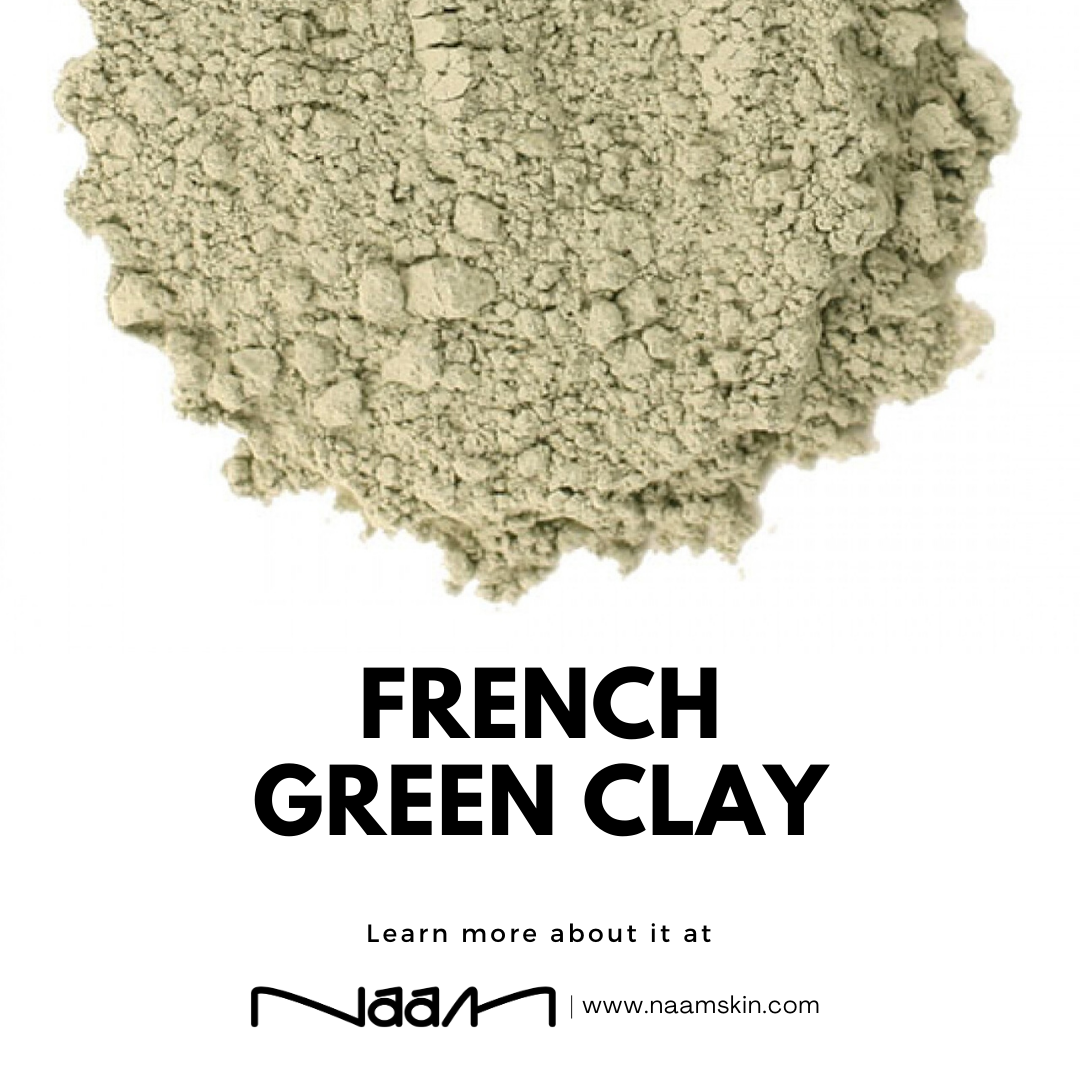French Green Clay
Quite simply, green clay is a type of clay. More specifically, it’s referred to as illite, a subcategory of clays.
The name describes the color of the clay, which comes from its combination of iron oxides and decomposed matter — typically algae or chlorophyll.
The more vibrant green the clay is, the more valuable it’s considered to be.
In addition to the components that give green clay its coloring, the clay contains plenty of other trace minerals.
This includes:
- montmorillonite
- dolomite
- magnesium
- calcium
- potassium
- manganese
- phosphorus
- aluminum
- silicon
- zinc
- cobalt
- copper
- selenium
Ancient beliefs suggest that green clay has a naturally negative electrical charge that will attach to positively charged toxins topically, in the bloodstream, or in the intestine.
Benefits include:
- drawing out impurities from the pores
- exfoliating dead skin cells
- toning and firming the skin
- stimulating circulation
- helping heal blemishes
- soothing cuts and scrapes, minor burns, insect bites, and sore muscles

